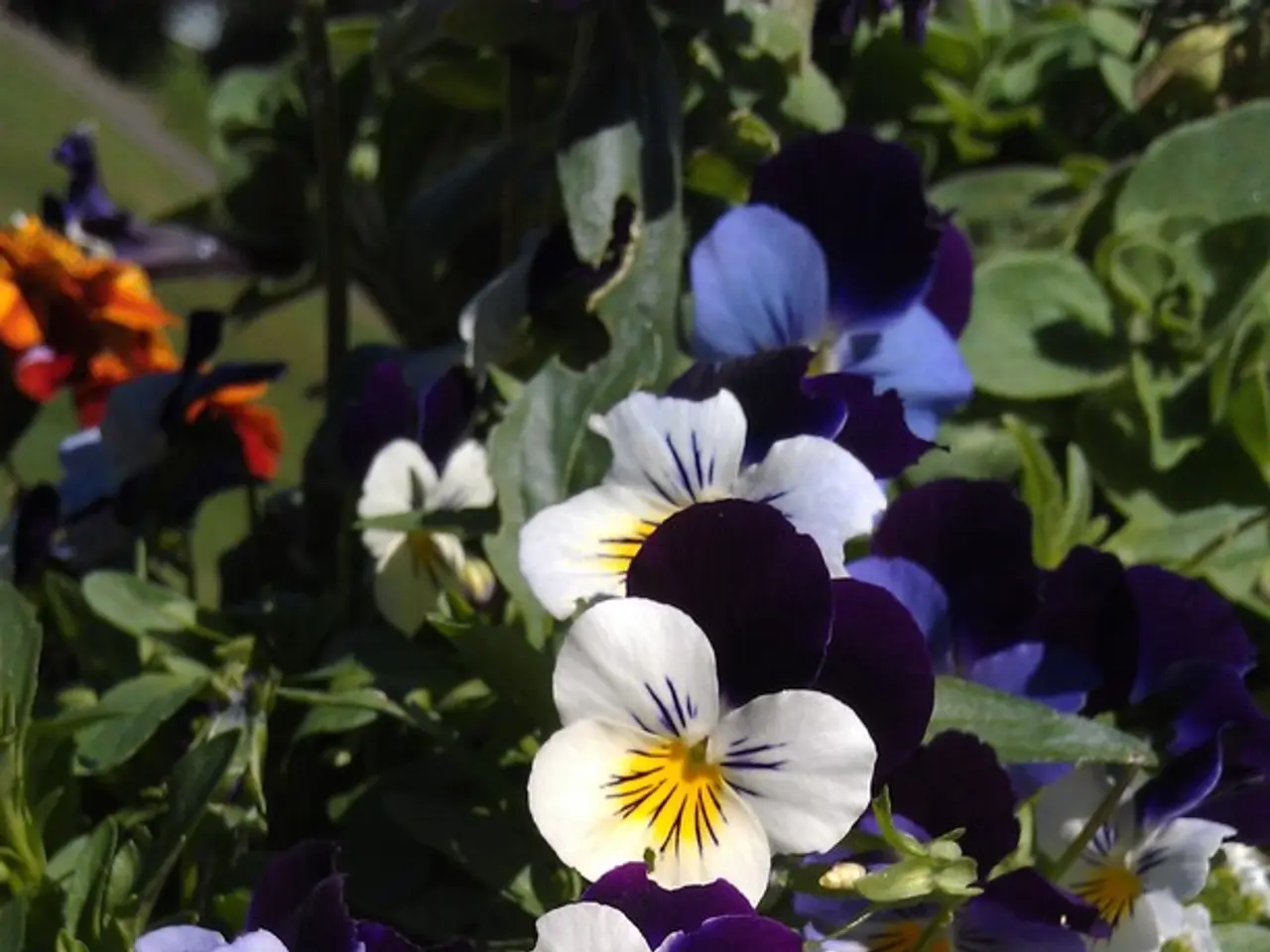Strategies for Optimizing Hydrangea Blossoms in Scorching Summer Conditions (21 Methods)
In the summer heat, maintaining vibrant hydrangeas can be a challenge, but with some easy-to-implement adjustments, your garden can still thrive with blooming, lush hydrangeas. Follow these essential tips for successful summer care, focusing on watering, pruning, and placement to achieve gorgeous blooms even under the sweltering sun.
- Deep Watering Is Key: Shallow watering encourages weak roots that can't support large, beautiful blooms through the season. To promote robust root systems, water hydrangeas deeply every two to three days instead of daily.
- Mulch Keeps the Moisture In: Organic mulch, such as bark, compost, or straw, shields the soil, keeping it moist and cool while also encouraging better soil health over time.
- Early Morning Watering: Hydrangeas absorb water best before the sun gets too hot, making early morning watering ideal to give your plants time to take in moisture before it evaporates.
- Providing Shade When Needed: During intense afternoons, provide temporary shade for stressed hydrangeas. Use shade cloth, garden umbrellas, or tall neighboring plants to offer respite to your blooms.
- Avoid Over-Fertilizing: Too much nutrient-rich fertilizer can result in fewer flowers and lush foliage, so opt for a balanced, slow-release fertilizer specifically designed for flowering shrubs. Follow label instructions for application.
- Proper Pruning: Hydrangea varieties vary in their pruning needs, with some blooming on old wood while others prefer new growth. Understand your specific variety, and prune accordingly after the blooming period to keep the shape tidy without sacrificing future blooms.
- Skipping the Midday Water: Watering during the heat of the day can cause more harm than good due to excess evaporation and raised risk of fungal diseases.
- Choose Heat-Tolerant Varieties: Selecting sturdy varieties such as 'Endless Summer' or 'Little Lime' that are bred to thrive in hot climates will ensure long-lasting, beautiful blooms.
- Install Drip Irrigation or Soaker Hoses: These watering systems target the roots directly, conserving water and preventing leaf moisture issues that can lead to fungal problems.
- Keeping Leaves Dry: Wet leaves increase the risk of powdery mildew and other fungal issues. Prioritize watering the base of the plant to maintain dry foliage, especially during humid periods.
- Adequate Spacing: Properly spacing plants encourages better airflow and reduces the risk of diseases caused by moisture buildup.
- Check Soil pH for Color and Health: Maintaining slightly acidic soil (5.5-6.5) helps hydrangeas absorb essential nutrients and may even influence flower color. Use a soil test kit to assess and adjust soil pH if necessary.
- Avoid Windy Spots: Strong winds can stress hydrangeas and lead to reduced blooming. Select sheltered locations for your plants to enjoy calmer conditions.
- Deadhead Spent Blooms: Routinely removing faded flowers encourages new growth and helps redirect the plant's energy into producing more blooms for the season.
- Take Care of Containers: Container-grown hydrangeas can overheat rapidly in summer. Opt for light-colored containers that reflect sunlight and provide plant with partial shade during the hottest parts of the day.
- Enrich Your Soil with Compost: Compost improves soil quality, enhances nutrient availability, and promotes better root health for more vibrant blooms.
- Maintain Space Around Plants: Avoid crowding your hydrangeas with other plants to prevent competition for water and nutrients.
- Create a Shade Garden Border: Plant shade-loving companions near your hydrangeas to create a cool microclimate and provide natural shelter from intense sun.
- Use Rainwater: Collect rainwater in rain barrels for gentle, chemical-free, and cool hydration for your hydrangeas.
- Monitor Your Plants: Actively watch for signs of heat stress, such as wilting leaves or faded blooms, and take appropriate action to keep the plants healthy.
- Refresh Mulch Midseason: Replenish mulch halfway through the season to keep the soil cool and properly hydrated while preventing weeds.
By staying diligent with water, sun, and soil management, you'll be rewarded with radiant hydrangeas throughout the summer months.
- Integrate Composting into Your Home-and-Garden Lifestyle: Enriching your garden soil with compost not only boosts soil health but also encourages vibrant blooms on hydrangeas, making it a worthwhile addition to your sustainable gardening practices.
- Adopt a Gardening Lifestyle that Embraces Composting: A lifestyle that includes composting will not only provide nutrient-rich soil for your hydrangeas but also foster a healthier, more eco-friendly home-and-garden environment.







